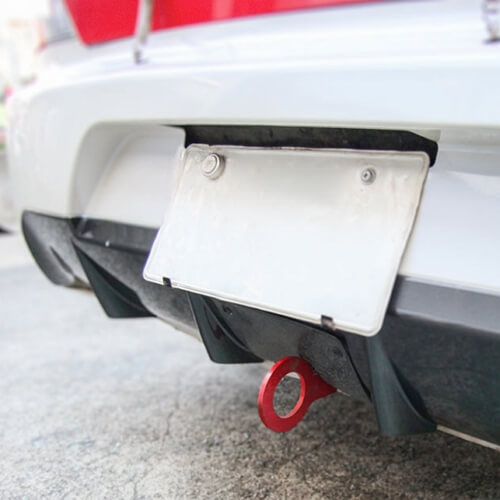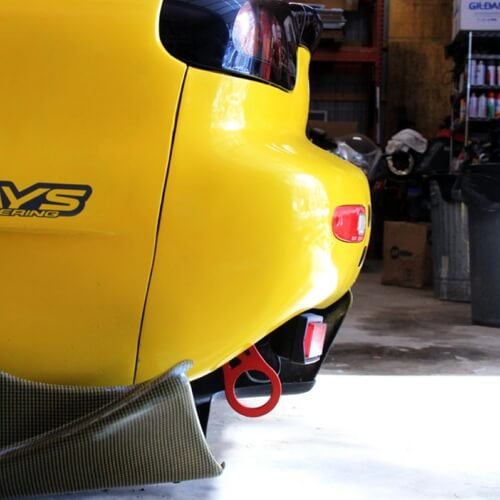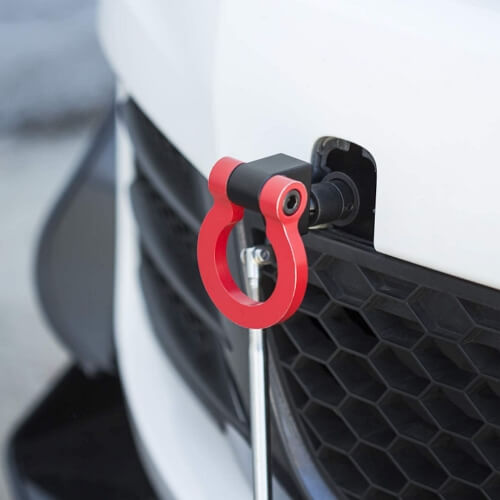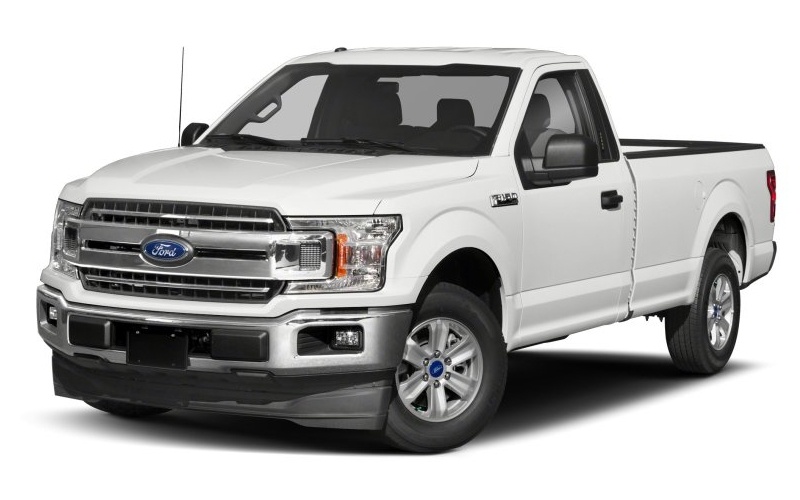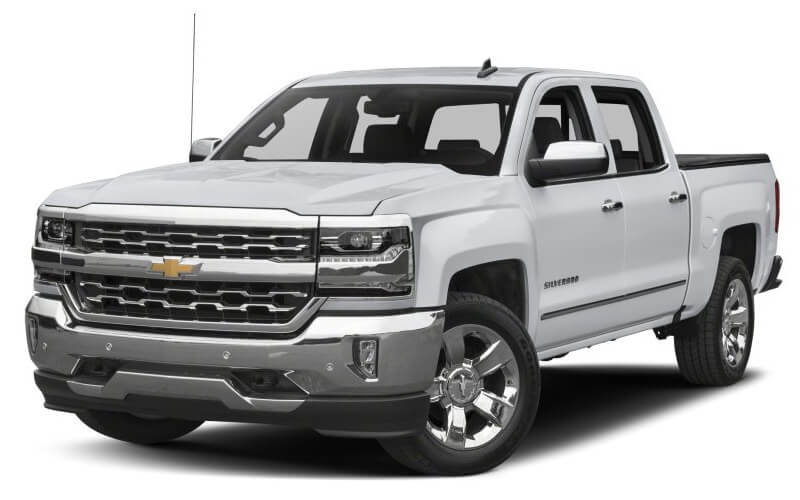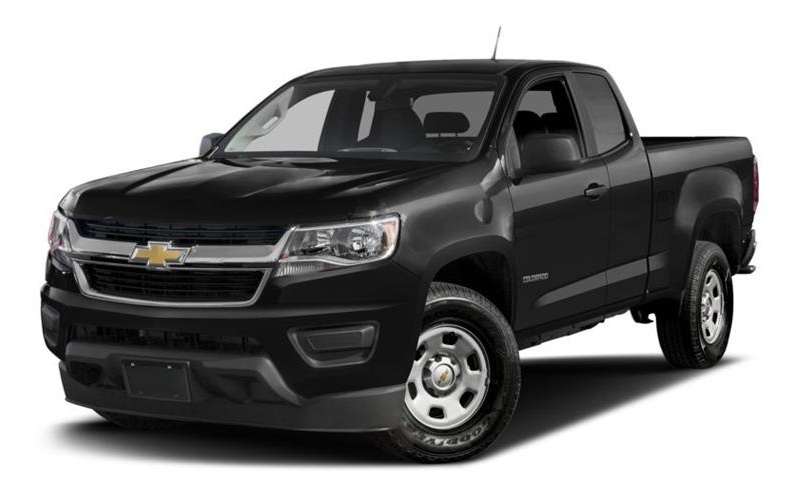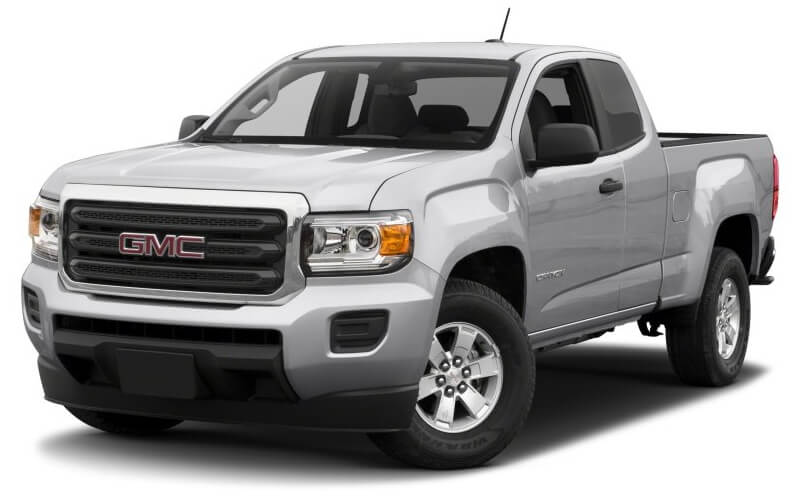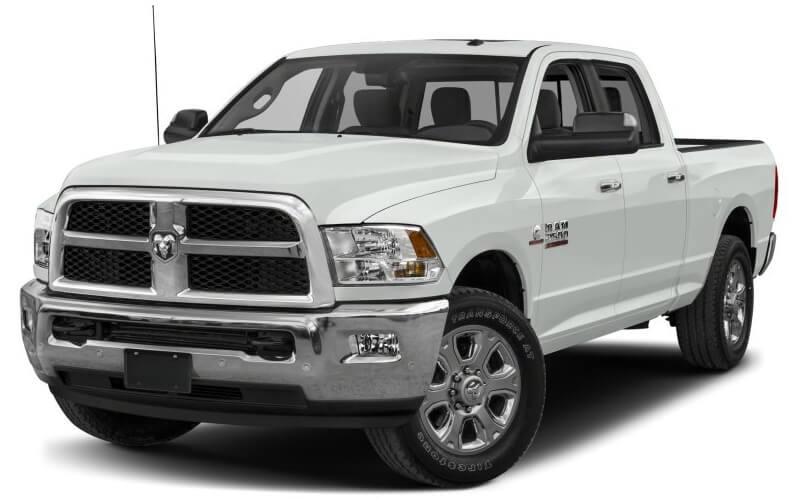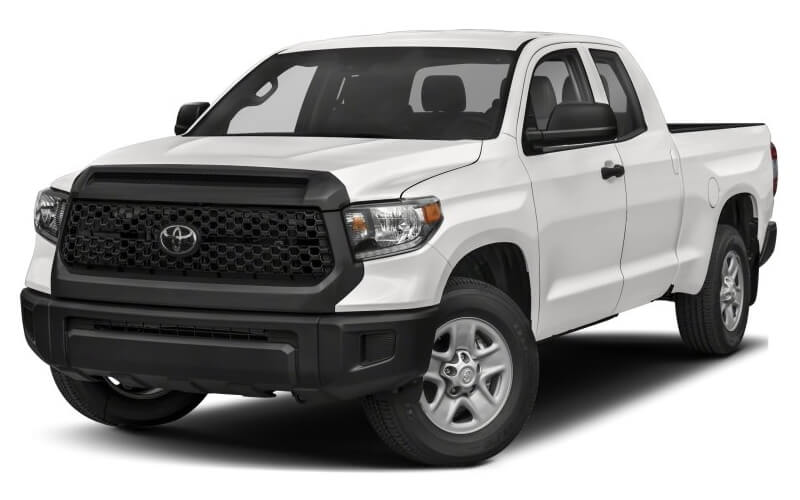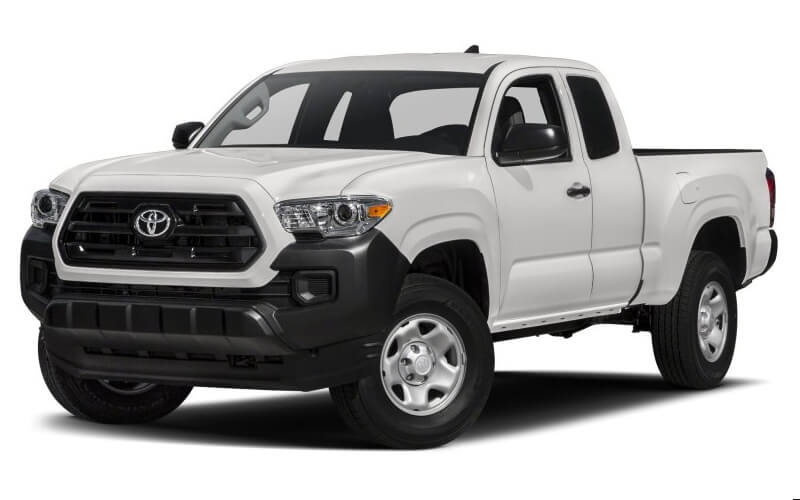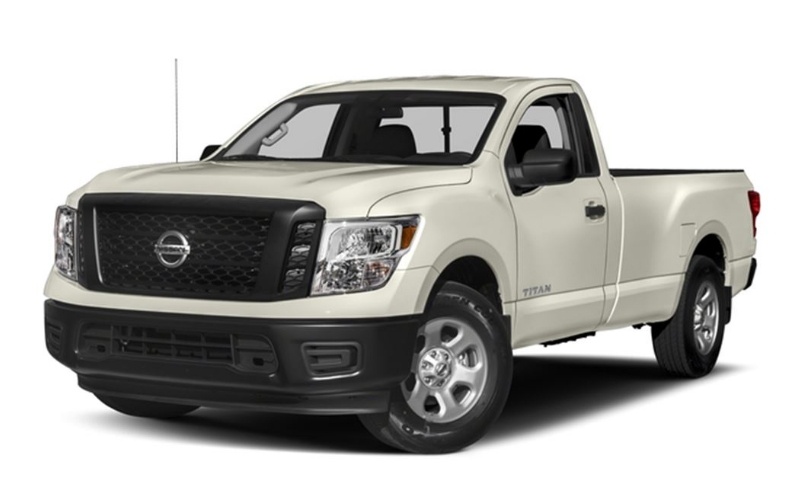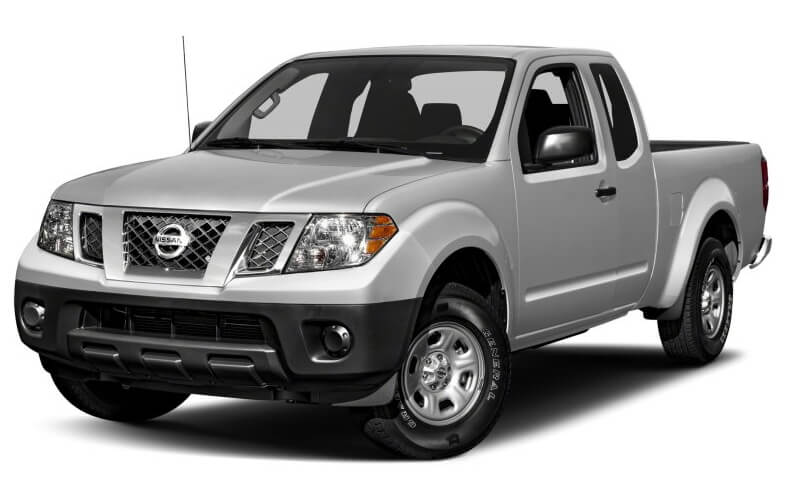Rear Tow Hook
If you’re the owner of a car, truck, or SUV that doesn’t come with a rear tow hook, you may be wondering if it’s something worth purchasing. What exactly do these devices do and why are they so important? In this blog post, we will take a closer look at rear tow hooks and see what makes them so special.

JDM Aluminum Racing Car Rear Tow Hook Trailer Ring Fit For Honda Civic For Acura

Red Racing Style Aluminum Tow Hook Retrofit For Chevy Camaro SS ZL1 2016-2020

All out Fab FRONT & REAR TOW HOOK Track approved Steel for 92-95 CIVIC EG

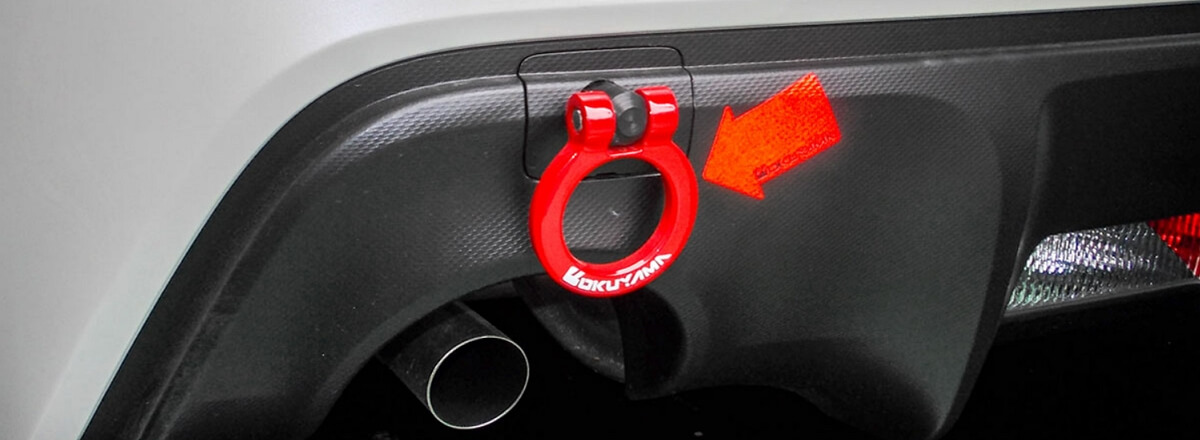
What is the rear tow hook for?
The rear tow hook is a device that helps to secure your vehicle when it is being towed. This is especially important if you are involved in an accident and your car needs to be towed away. The rear tow hook will keep your car from moving around while it is being towed, which can prevent further damage to your vehicle.
There are two main types of rear tow hooks: those that are designed for use with a trailer hitch, and those that are not. If you have a trailer hitch on your car, you will need to purchase a rear tow hook that is compatible with it. These devices typically have a smaller diameter so that they can fit through the hole in the trailer hitch. If you do not have a trailer hitch, you can still purchase a rear tow hook that will work with your car. These devices typically have a larger diameter so that they can be easily attached to the bumper of your car.
Are front and rear tow hooks the same?
No, front and rear tow hooks are not the same. Front tow hooks are typically used to secure your car when it is being towed from the front. This is because the front of your car is more likely to be damaged in an accident than the rear. Rear tow hooks are designed to secure your car when it is being towed from the rear. This is because the rear of your car is less likely to be damaged in an accident than the front.
How to install a rear tow hook
- Installing a rear tow hook is relatively simple. If you are installing a rear tow hook that is compatible with your trailer hitch, you will first need to remove the trailer hitch from your car.
- Once the trailer hitch is removed, you can then thread the rear tow hook through the hole in the trailer hitch.
- Once the rear tow hook is in place, you can then reattach the trailer hitch to your car.
- If you are installing a rear tow hook that is not compatible with your trailer hitch, you will need to attach it to the bumper of your car. To do this, you will first need to remove the bumper from your car.
- Once the bumper is removed, you can then attach the rear tow hook to the bumper. Once the rear tow hook is in place, you can then reattach the bumper to your car.
As you can see, there are many benefits to having a rear tow hook on your car. If you are involved in an accident, the rear tow hook will help to secure your car and the vehicle that will tow it.
Best materials for rear tow hooks
The best materials for rear tow hooks are typically made from steel or aluminum. These materials are strong and durable, which is important because the rear tow hook will be under a lot of stress when it is being used.
When shopping for a rear tow hook, you should also consider the weight of your car. If you have a heavy car, you will want to purchase a rear tow hook that is made from a stronger material such as steel. If you have a lighter car, you can purchase a rear tow hook that is made from aluminum. No matter what type of car you have, there is a rear tow hook that is right for you.
Front and rear tow hooks: why buy?
There are many reasons why you should consider buying a rear tow hook. If you are involved in an accident, the rear tow hook will help to secure your car and the vehicle that will tow it. Additionally, the rear tow hook can also be used to secure your car when it is being towed from the front.

